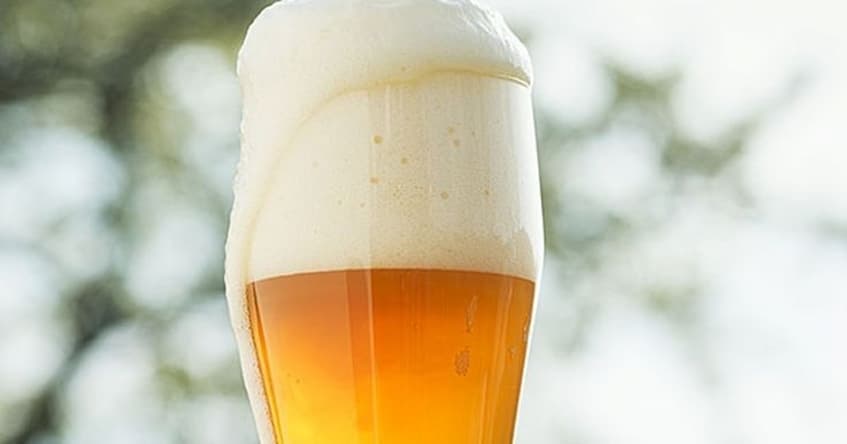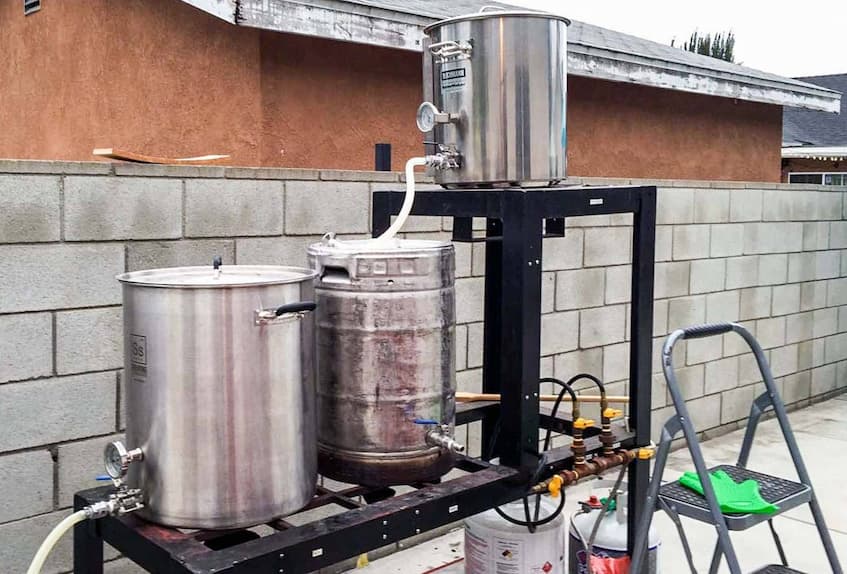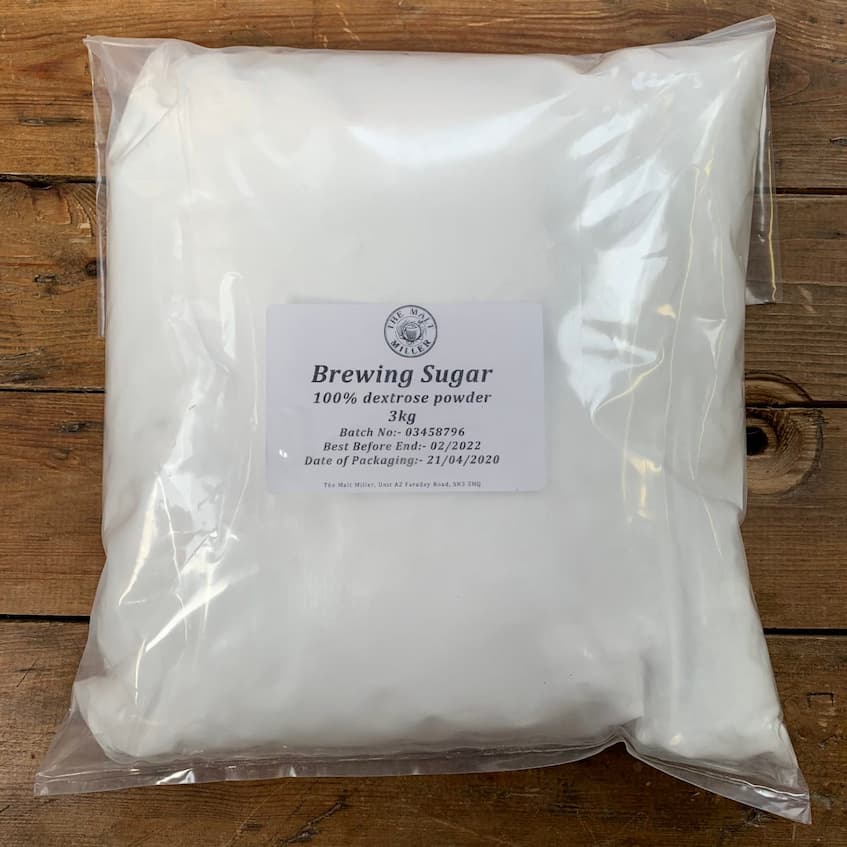
Malt 101: Everything You Need to Know About Brewing Sugars
There’s hardly anything more relaxing and refreshing than sipping on a cold beer after a long day. The malty, hoppy aroma and the slight hint of sweetness that lingers on your tongue is one of life’s simple pleasures – for many of us leading increasingly busy lives, it’s the perfect treat to reward ourselves with.
If you’re looking to take your appreciation of all things beer-related to the next level, then home brewing your own batch is a fantastic way to explore different flavour profiles and create something truly unique. At the heart of this whole process are the fermentation sugars that give liquor that delicious taste and aroma.

Contents
What Sugar to Use for Home Brew?
You can’t exactly use any over-the-counter sugar you find at the grocery store – it differs from the more complex ones that are normally used for crafting beer. With that said, there are three main flavourful and fermentable home brew sugar types that are commonly used:
Maltose
This first one is probably the most well-known, taking on a slightly malty flavour from the grain it’s sourced from. It’s sweet but not overly so, and has a relatively dense texture that helps the fermentation process along. You might also notice a slight caramel undertone, with a unique aroma that gives beer its character.
In terms of composition, maltose is made up of two molecules of glucose, which are then combined to form a disaccharide. The process involves breaking these apart in order to create alcohol, with the amount of fermentation taking place depending on the type and quality of yeast used.
Dextrose

Also known as glucose, this is a monosaccharide home brew sugar that is easily fermentable and found in food products like fruits, honey, and corn. It’s got a light sweetness to it and a somewhat neutral flavour, so it’s a great option for those looking to add a bit of depth and complexity without overpowering the taste.
The way it differs from maltose is that dextrose doesn’t take on a malty taste, and instead enhances the existing flavours in your brew. In other words, it helps to bring out the hop aromas and flavours while also providing a good balance of sweetness and bitterness.
Sucrose
The final home brew sugar type is sucrose, which is a combination of glucose and fructose. It’s found naturally in many plants, including sugarcane and beets, but can also be manufactured through the process of hydrolysis. This type of sugar is usually used in darker beers and stouts, as it helps to create a fuller body and more intense flavour.
In terms of taste, expect a mild sweetness with hints of molasses and a slightly bitter finish, which is the result of the fructose breaking down during fermentation. It has a bit of a stronger taste than maltose or dextrose, so you’ll want to be careful with how much is added to your brew.
How Much Sugar Do You Put in Home Brew Beer?

Generally speaking, the size of your batch should determine the amount of sugar and malt you need for successful fermentation. A good rule of thumb is to opt for anywhere between 5 and 10 grams of sugar for 1 litre of liquid. For beginner home brewers, it’s best to err on the side of caution and start with a lower amount before gradually increasing the dosage.
Major Factors to Consider
Aside from the actual size of the batch, there are other aspects that might influence the final flavour and consistency of your beer. Oftentimes, this blend of ingredients requires complex calculations and formulas to get the right balance in terms of bitterness, sweetness, and alcohol content.
Flavour Profile
Think about the way you want the beer to taste in the end. Do you prefer a sweeter or hoppier brew? Are you keen on lighter lagers or darker stouts? Is there a particular malt you want to use for an added layer of complexity? All these questions are necessary steps towards creating a beer that’s perfect for your palette.
The choice of brewing sugar should always be tailored to this flavour profile, and it’s important to experiment with different types until you get the perfect blend. Consider the individual characteristics of each type and how they interact with the other flavours you’re using.
It’s not uncommon for brewers to mix different varieties together to achieve a specific taste, so don’t be afraid to experiment with different combinations. You don’t need to stick to just one type of sugar, and in some cases, it’s the combination itself that results in a truly unique taste.
Residual Sweetness
This refers to the amount of sugar that remains after fermentation is complete. Generally speaking, you want to aim for a residual sweetness level between 0 and 10%. If it’s too high, the beer will be overly sweet and may stick to your mouth. Too low, and you might end up with a bitter or dry brew.
This is measured through a series of tests involving the specific gravity and density of the liquid. You can use a hydrometer to check the gravity of your beer as well as the amount of sweetness left. This step is normally taken after fermentation is finished, so you can adjust accordingly.
Additional Elements for Fermentation
Speaking of the final steps in fermentation, it’s also important to note that certain sugars require additional elements for successful brewing. For example, maltose requires enzymes, while sucrose needs a simpler fermentation process with a greater number of nutrients.
The way maltose relies on enzymes is particularly interesting, as they act as catalysts that help the sugar break down into its components: glucose and fructose. When mixed with yeast, these components are responsible for creating the alcohol content and carbonation of your beer.
As for sucrose, its simple composition of glucose and fructose means it’s not as affected by enzymes. This makes fermentation simpler but requires a greater number of nutrients to ensure the yeast is efficiently taken in. Some brewers also prefer to add extra maltose or dextrose if they want a higher alcohol content.
Allergy Concerns
Sadly, this is an often overlooked factor when it comes to home brew beer. Many people aren’t even aware of their allergies or intolerances, which can be a major problem if your beer contains products that you’re allergic to. Not only can this cause unpleasant reactions, but it can also ruin the entire batch if not addressed in time.
To be on the safe side, always check the ingredients you’re using and make sure they don’t contain any of the allergenic agents you might be sensitive to. You can do some tests with small doses to check your tolerance.


No Comments